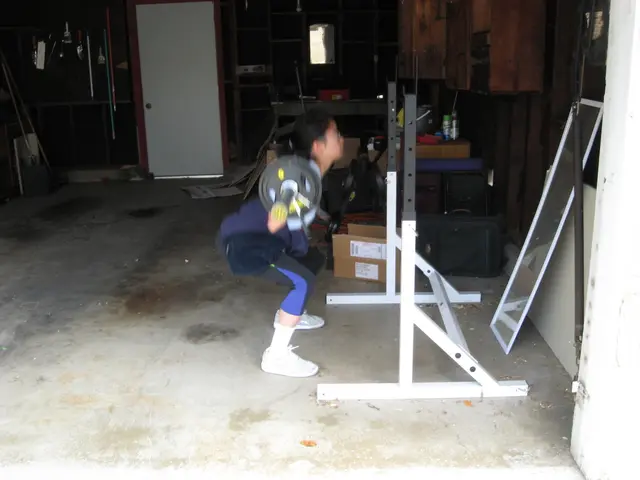Researchers have determined the effectiveness of virtual embraces
Hugging Virtually: The Psychology Behind Online Interaction During the COVID-19 Pandemic, According to a Study Published in Frontiers in Psychology
Ever wondered if you can replicate the comforting warmth of a physical hug in the digital realm? According to a recent study, it's entirely possible. Scientists found that the emotions sparked by a physical hug originate from a blend of physical, virtual, and imagined elements. The study, published in Frontiers in Psychology, dubbed this fusion as the "mixed reality interaction matrix."
The researchers analyzed this physical sensation, breaking it down into components that can, in theory, be recreated in our digital spaces. This groundbreaking study offers an intriguing glimpse into the future of virtual connections – an aspect that has become increasingly significant with the advent of social distancing measures during the COVID-19 pandemic.
But it's not just about the technology we use; for instance, the way we interact before, during, and even after communication plays a crucial role in shaping our digital experiences. "The entire process becomes a determining factor," explained Mark James, the study's lead author. These skills, christened as "digital timing" by the researchers, are a set of adaptable abilities that enable us to engage in the digital world effectively, even in situations where norms are different.
The study underscores the importance of human interaction in our lives. Whether it's in-person or online, connection is key, especially in an era where much of social life happens in the virtual sphere. "Digital timing" might not solve all our problems, but it could surely make online communication more human-like and comfortable.
In the context of the pandemic, it's interesting to note that our psychological well-being is intricately linked to our methods of communication. Studies suggest that both positive and negative online social experiences can coexist and can have profound impacts on our emotional health. For instance, positive interactions can alleviate feelings of loneliness, but excessive reliance on digital support could lead to psychological distress[2].
The importance of digital literacy and the ability to adapt in such a dynamic environment is becoming increasingly evident. By developing these skills, individuals can navigate the virtual world with ease and manage their emotional needs effectively, even across geographical boundaries[5]. Social media, too, has been a vital tool for managing the pandemic, influencing behaviors, and spreading awareness[3].
In essence, the impact of "digital timing" on our online interactions remains a fascinating subject, worthy of further exploration. The study promises exciting avenues for future research, as we strive to bridge the gap between physical and virtual human connections.
- The emotions triggered by a physical hug can be replicated in the digital realm, according to a study in Frontiers in Psychology, which terms this fusion as the "mixed reality interaction matrix."
- A crucial factor in shaping our digital experiences is the way we interact before, during, and after communication, a skill termed "digital timing" by the study's authors.
- Connection, whether in-person or online, is essential, especially in an era where much social life occurs in the virtual sphere.
- Psychological well-being is intricately linked to communication methods during the pandemic, and both positive and negative online social experiences can have profound impacts on mental health.
- The ability to adapt in a dynamic digital environment, like social media, is becoming increasingly important for managing the pandemic and navigating emotional needs effectively across geographical boundaries.
- Further research is needed to explore the impact of "digital timing" on our online interactions as we strive to bridge the gap between physical and virtual human connections.








